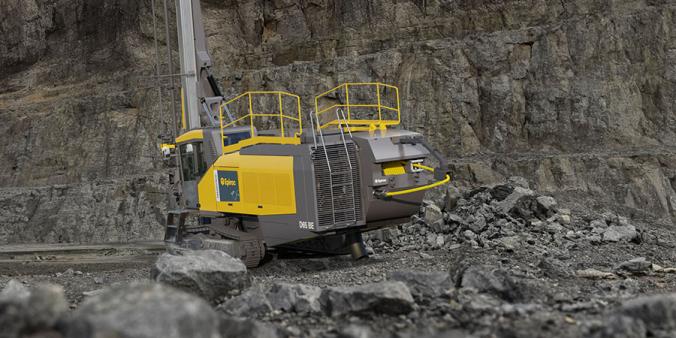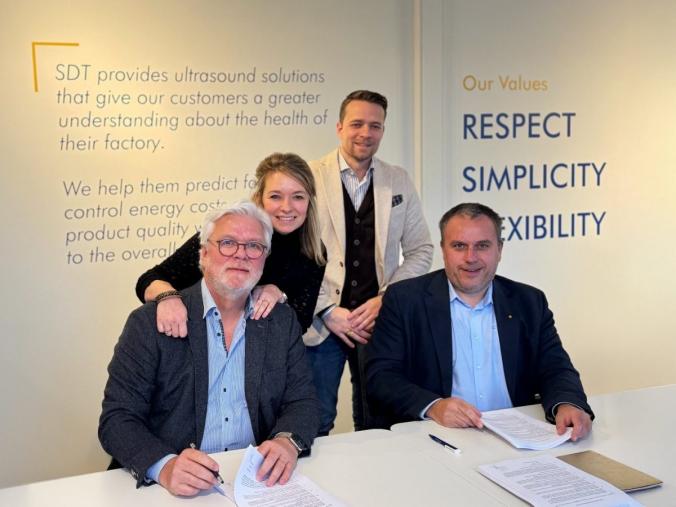The Growing Importance of Hydrogen in the Net-Zero Movement
Hydrogen is increasingly becoming an important player in the global net-zero emissions movement. Its versatility as a zero-emission fuel and energy carrier makes it a promising solution for decarbonizing various sectors, including industrial processes, power generation, and transportation.
Hydrogen-powered electric vehicles (EVs) are gaining attention as a potential alternative to gasoline-powered cars, given their longer driving range and faster refueling time. With the global hydrogen market expected to grow exponentially in the coming years, the role of hydrogen in the net-zero movement and its connection to EVs are becoming increasingly significant.
Different Types of Hydrogen
Today, most hydrogen is sourced from fossil fuels, also known as grey hydrogen, which undermines its potential as a clean energy source. Different types of hydrogen technologies are typically labelled as 'grey', 'blue', or 'green', depending on how they are produced. Although hydrogen itself only emits water when burned, the production process can generate significant carbon emissions.
To truly realize the benefits of hydrogen, the world must transition towards green hydrogen, which is produced using renewable energy sources such as water, wind, and solar.
Global Green Hydrogen Market Growth
The global green hydrogen market was valued at USD 676 million in 2022 and is projected to reach USD 4.4 billion by 2026, based on estimates from the research firm MarketsandMarkets. The mobility sector is the largest adopter of green hydrogen, accounting for 58% of the total market in 2022, followed by the power sector. Both sectors are growing at a 63% CAGR. Other sectors contributing to the green hydrogen market include grid injection, chemical, and industrial, according to MarketsandMarkets classification.
Projected Green Hydrogen Demand
Demand for hydrogen was around 94 million tons in 2021, most of it in the form of grey hydrogen. But by 2050, demand for clean hydrogen, which includes green and blue hydrogen, could surge to 500-600 metric tons by 2050 as estimated by two major consulting firms, BCG and McKinsey. To meet that demand, an investment of USD 700 billion is required to produce, distribute, store, transport, and for other costs related to end-use application of green hydrogen, according to McKinsey estimates.
The Growing Hydrogen Generation Market
CCUS is still the most popular low-carbon hydrogen generating method because it requires lower operating costs relative to other low-carbon technologies like electrolysis. Electrolysis, on the other hand, is a promising technology for hydrogen production in the future and is the fastest-growing segment in the global hydrogen generation market, a market worth USD 154 billion in 2022 and is predicted to hit USD 219 billion by 2026, according to MarketsandMarkets.
The Challenge of Low-Emission Hydrogen Production
Grey hydrogen makes up most of the hydrogen produced today due to its lower production cost compared to blue and green hydrogen. The production of low-emission hydrogen was around 0.6 Mt in 2021 (less than 1% of global hydrogen production). Getting on track with the Net Zero Scenario requires the production of low-emission hydrogen to be scaled up to reach a total production of 95 Mt by 2030, as indicated by the International Energy Association (IEA).
The Market for Hydrogen Fueled Vehicles
Research by Interact Analysis suggested that mass production of hydrogen internal combustion engine (ICE) vehicles is predicted to take off within five years. However, there is a caveat, although the costs of engines and vehicles are low, the running costs are high, leading to unfavorable total cost of ownership. Carmakers remain divided with the exception of Toyota and Hyundai; few are seriously investing in hydrogen. Interact Analysis’s research also shows that forklifts currently dominate the hydrogen off-highway market, but larger vehicles like haul and dump trucks and excavators are gaining popularity.
Fuel-cell electric rucks are considered a potential solution for long distance heavy cargo uses as this is one area where BEV is still struggling, but it's uncertain whether the niche markets are substantial enough to support their commercialization and infrastructure needs.
Though some experts do not have much faith for FCEV to play a major role in road transport, McKinsey shows some optimism for the fuel-cell truck market. They believe that fuel-cell trucks can improve truck uptime, payload capacity, and TCO due to their quicker refueling, longer range, and lighter weight. McKinsey predicts that by 2035, Europe could have up to 850,000 hydrogen-fueled medium and heavy-duty trucks on the road, requiring up to 4,800 hydrogen refueling stations. Hydrogen infrastructure will be more attractive due to decreasing hydrogen costs and increasing vehicle demand. By 2030, McKinsey estimates the TCO of operating a heavy-duty truck traveling 500 km per day to be EUR 1.13 for diesel, EUR 1.03 for battery electric trucks, and EUR 1.02 for fuel cell trucks.











